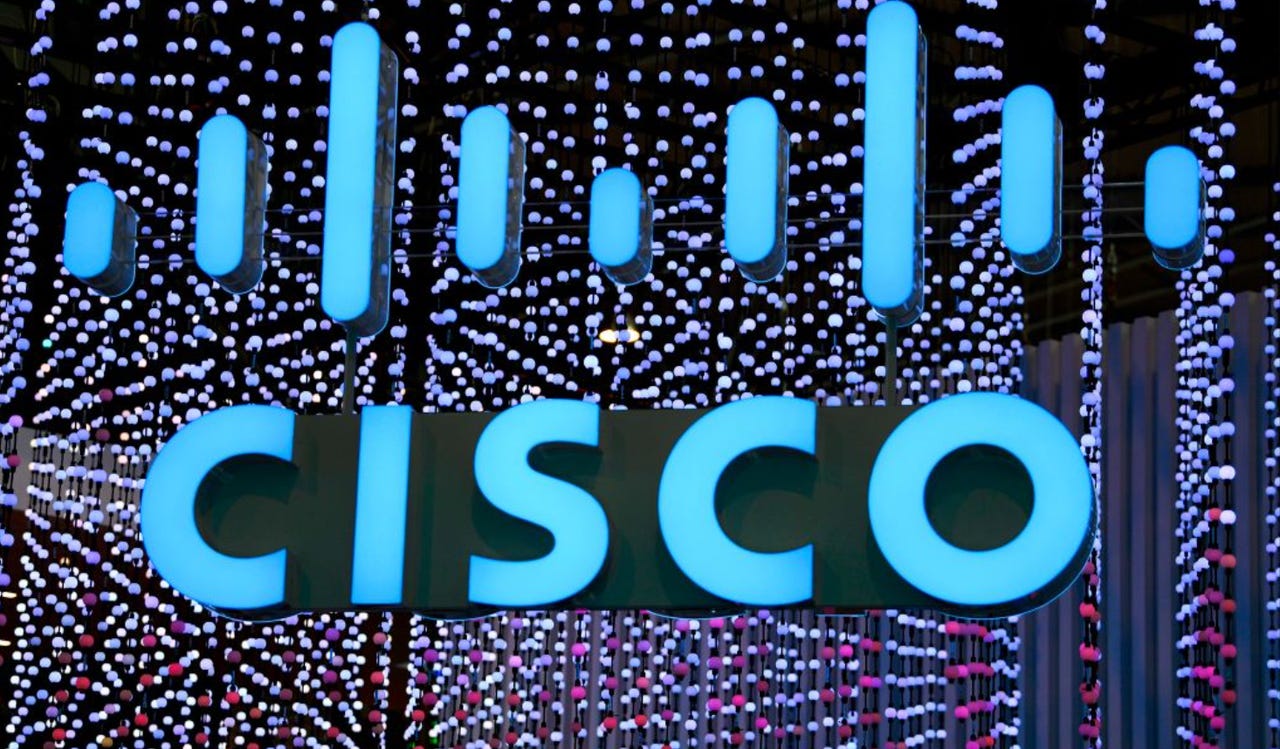Cisco Goes Big on AI at Enterprise Connect 2025Cisco Goes Big on AI at Enterprise Connect 2025
Cisco launched new products and updated existing solutions with AI capabilities to bolster CX and more.
March 21, 2025

Cisco has positioned AI as an active problem solver that can automate customer and employee experiences, rather than just a support tool. And with the advent of agentic AI, which can complete tasks end-to-end or orchestrate AI bots to do so, we’ve seen a shift toward regarding AI as a coworker rather than merely an assistive copilot. Thanks to deep integrations and partnerships with companies like Nvidia, many of the AI tools first introduced at WebexOne are now available.
Here’s a closer look at what Cisco showcased at Enterprise Connect 2025 as part of its AI portfolio.
AI Capabilities Transforming the Webex Suite
Cisco officially launched the Webex AI Agent, which will be generally available on March 31, 2025. This AI-powered assistant supports nine languages and can schedule appointments and follow up on customer requests. As an example, a patient could call into a doctor’s office, schedule an appointment and then send a text or place a call as a reminder. I’ve talked to medical clinics about the importance of follow-up appointments and the rate of people missing them goes down by almost 90% when patients are reminded. The challenge is humans often don’t have the time to make those reminder calls, but AI agents can easily handle them.
Organizations can choose between fully autonomous AI agents or scripted conversations, depending on their needs. The tool ensures customers don’t have to repeat themselves and have a smooth experience by keeping track of conversation history.
This current wave of agentic AI delivers natural interactions across voice and digital channels. This enables Cisco to offer full AI-driven conversation or guided conversations, if the company chooses to script the interactions. The benefit to users is the AI now understands customer intent and can fulfill on their request.
AI Assistant for Webex Contact Center
Cisco is also enhancing the AI Assistant for Webex Contact Center with new features arriving in Q2 2025. These features include suggested responses and real-time transcription, improving the experience for both customers and agents. Meanwhile, supervisors may benefit from AI insights in Webex Control Hub, which tracks agent well-being, customer satisfaction, and call trends.
The AI Assistant automates tasks by integrating with enterprise apps, so customer service teams can log calls, update records, and make follow-ups without switching between platforms. Together, these features create a more efficient, responsive contact center.
The integration with the apps that workers are already using can streamline workflows. For example, instead of creating a separate list of to-do items, users can now act directly inside the Webex AI Assistant and ask it to create a lead, update a record, or even attach a meeting summary like Salesforce, Jira, ServiceNow, and others. While every vendor wants to be the “one app to rule them all,” the reality is workers have always used and will continue to use a wide range of apps and it’s good to see Webex integrate with them to simplify work. Last year, in a study I conducted, I found that users spend about 40% of their time managing work as opposed to doing their actual work. The integration with third parties Webex is bringing should cut that number significantly.
Webex Calling Customer Assist
One of the areas Cisco has been focused on is bringing contact center capabilities to non-agents with Webex Calling Customer Assist. This AI tool is designed for frontline workers in retail stores, banks, healthcare clinics, and regional offices. It provides call routing, agent assistance, and sentiment analysis and acts as a lightweight contact center with basic capabilities.
A good way to think about Webex Calling Customer Assist is that it’s a “contact center light” for workers in local or regional branch offices, frontline workers, and other individuals who are the face of the brand but having a full agent workspace would be overkill. This lets retail workers, campus employees, and highly mobile individuals assist customers quickly.
Expanding Enterprise Integrations with AI
Cisco is deepening its partnerships to enhance how users interact with Webex and other enterprise tools, whether in meetings, customer service, or general workflow management.
Glean Integration
Cisco has updated its enterprise app connectors in Webex with Glean. This allows employees to search over a hundred internal data sources—including Salesforce, SharePoint, Outlook, and ServiceNow—directly within Webex. The new feature saves time by helping users quickly find critical information without switching between apps.
AirPlay Integration
Another key integration is Apple AirPlay in Microsoft Teams Rooms. Employees can now wirelessly share content from Apple devices within Microsoft Teams Rooms.
AirPlay integration isn’t easy and requires deep networking knowledge, particularly when multiple AirPlay-capable devices can be found within an area the size of the offices. Apple devices can often get confused as to which to connect to, but Cisco uses a combination of device and location information to ensure the device in the room is the one being selected. Microsoft has never had this capability before, and this feature should be popular with organizations that use Apple devices, which is almost all businesses. Cisco worked closely with Apple and Microsoft to ensure seamless connectivity, even in large office spaces with multiple meeting rooms.
Epic Integration
Additionally, Cisco has a new Webex Contact Center integration with Epic, the widely used electronic health record (EHR) system. This integration, which is expected to enter beta testing this month, will allow customer service agents or healthcare support teams to access patient records and medical information within Webex while assisting patients. These types of vertically specific integrations will be something we should expect to see more of in the future. The ability to impact industry-specific workflows broadens the audience of users that can take advantage of the platform. These types of vertically specific integrations will be something we should expect to see more of in the future. The ability to impact industry-specific workflows broadens the audience of users that can take advantage of the platform.
BYOD for Cisco Room Bar
Lastly, Cisco is expanding its bring your own device (BYOD) support with the Cisco Room Bar. Cisco also announced the general availability of Spatial Meetings, which means any space with a Cisco Room Bar Pro can be turned into a Webex studio for Apple Vision Pro.
These announcements are the culmination of work that started years ago. Pre-pandemic, many of the business units at Cisco, Webex included, operated in silos. While they made good products, there was often very little consistency between them. Over the past few years, Cisco’s Chief Product Officer, Jeetu Patel, has been laser-focused on creating a better experience and it’s showing. In a conversation with Cisco SVP Snorre Kjesbu, he told me “Experience is the common denominator of everything we do.”
The company now has one common AI agent across all its products, they’re better integrated across silos and management is consistent. For customers of Cisco, this strategy can help AI get deployed faster and make it useful today by automating routine tasks or giving IT teams better tools to manage everything behind the scenes.
About the Author
You May Also Like




